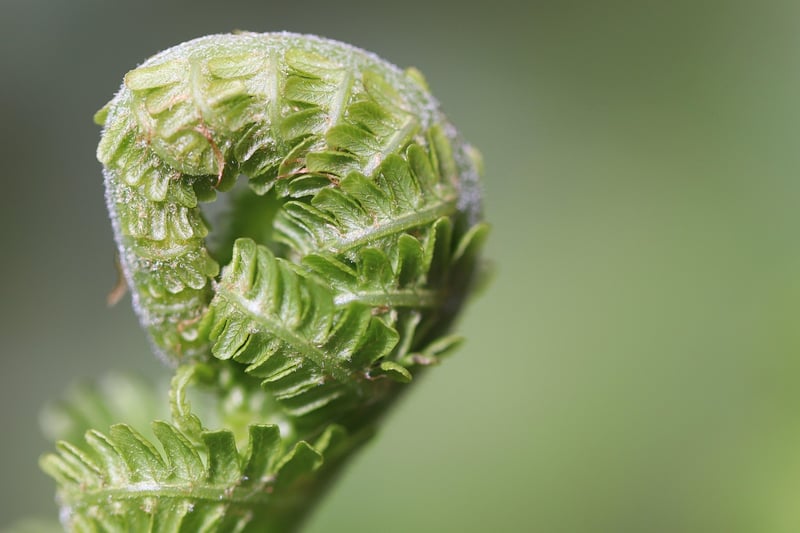Indoor Planting Tips

Tips for Urban Gardening Success
Urban gardening is a fantastic way to connect with nature, even in the midst of a bustling city. Whether you have a small balcony, a rooftop, or just a window sill, you can create a green oasis in your urban space. Here are some tips to help you succeed in your urban gardening endeavors:
1. Choose the Right Plants
Opt for plants that are well-suited for your specific urban environment. Consider factors like sunlight exposure, space availability, and climate conditions. Herbs, succulents, and small vegetables like cherry tomatoes are great choices for urban gardens.
2. Use Vertical Space
Maximize your space by utilizing vertical gardening techniques. Install wall planters, hanging baskets, or trellises to grow plants upwards. This not only saves space but also adds visual interest to your garden.
3. Water Wisely
Urban environments can be hot and dry, so it's essential to water your plants regularly. Be mindful of overwatering, as it can lead to root rot. Consider using a drip irrigation system or self-watering pots to maintain optimal moisture levels.
4. Provide Adequate Drainage
Ensure your pots and containers have proper drainage holes to prevent waterlogging. Elevate containers slightly off the ground to allow excess water to escape. You can also add a layer of rocks or gravel at the bottom of the pots to improve drainage.
5. Feed Your Plants
Plants in containers rely on you for nutrients since they can't access the soil's natural resources. Use a balanced fertilizer to feed your plants regularly, following the instructions on the product label. This will help promote healthy growth and blooming.
Indoor Planting Tips
Indoor plants not only beautify your living space but also purify the air and boost your mood. Here are some tips to help you make the most of indoor planting:
1. Choose the Right Location
Place your indoor plants near windows or areas with adequate natural light. Different plants have varying light requirements, so research the specific needs of each plant to ensure they thrive in their environment.
2. Monitor Humidity Levels
Indoor environments can be dry, especially during the winter months when heating systems are in use. Increase humidity around your plants by misting them regularly, placing a water tray nearby, or using a humidifier.
3. Rotate Your Plants
Rotate your plants regularly to ensure all sides receive equal sunlight exposure. This prevents your plants from leaning or growing lopsided. It also promotes even growth and healthier foliage.
4. Check for Pests
Keep an eye out for common indoor plant pests like spider mites, aphids, and mealybugs. If you notice any signs of infestation, isolate the affected plant and treat it with insecticidal soap or neem oil.
5. Repot When Needed
Monitor your plants for signs of being root-bound, such as roots circling the pot's bottom. When you see these signs, it's time to repot your plant into a slightly larger container with fresh potting mix to allow for continued growth.
With these tips in mind, you can create thriving urban gardens and lush indoor plant displays that bring nature into your everyday life.